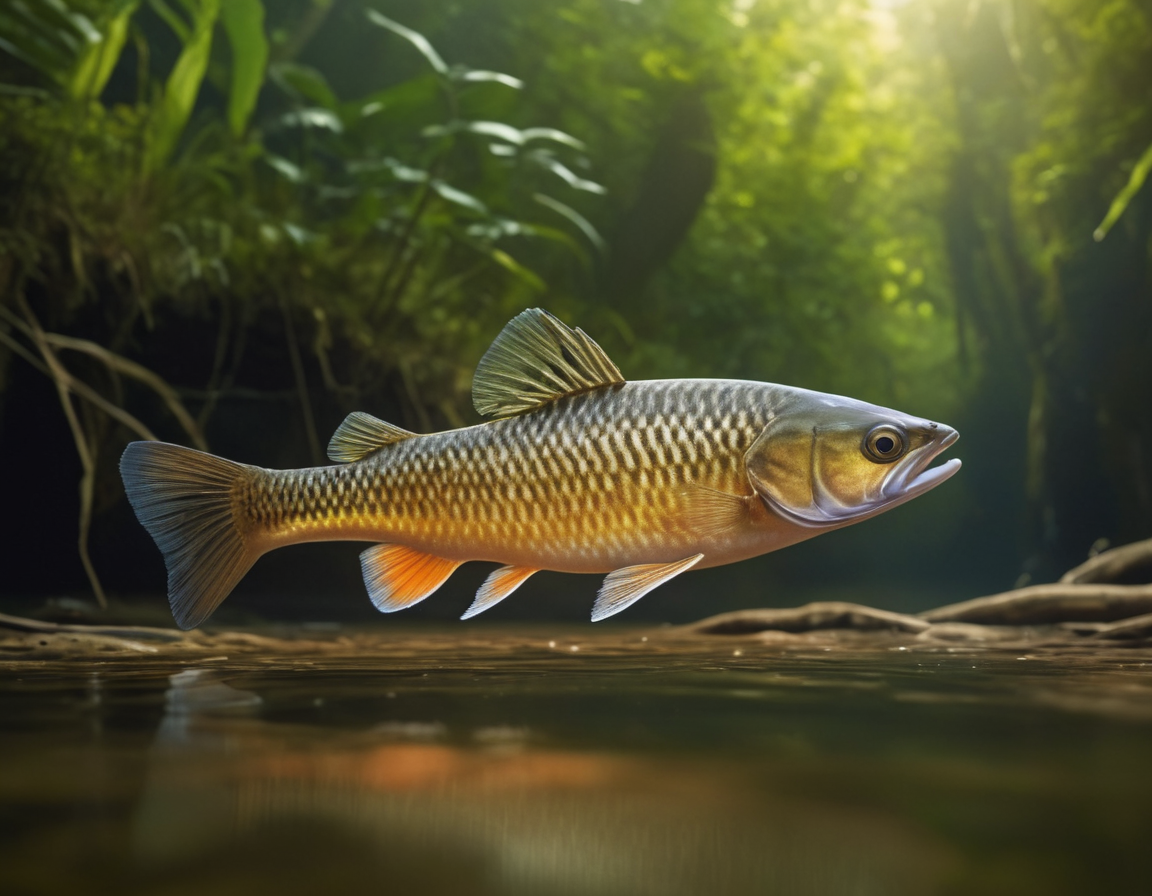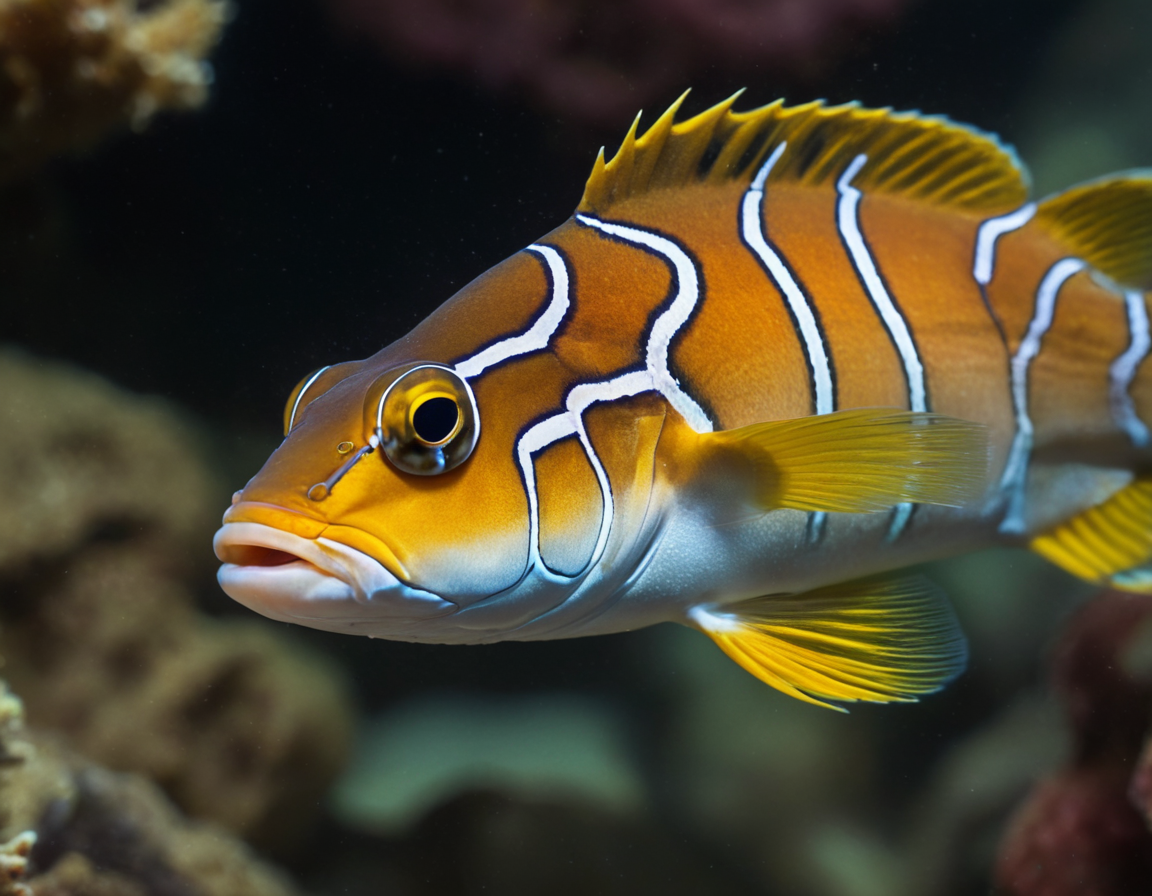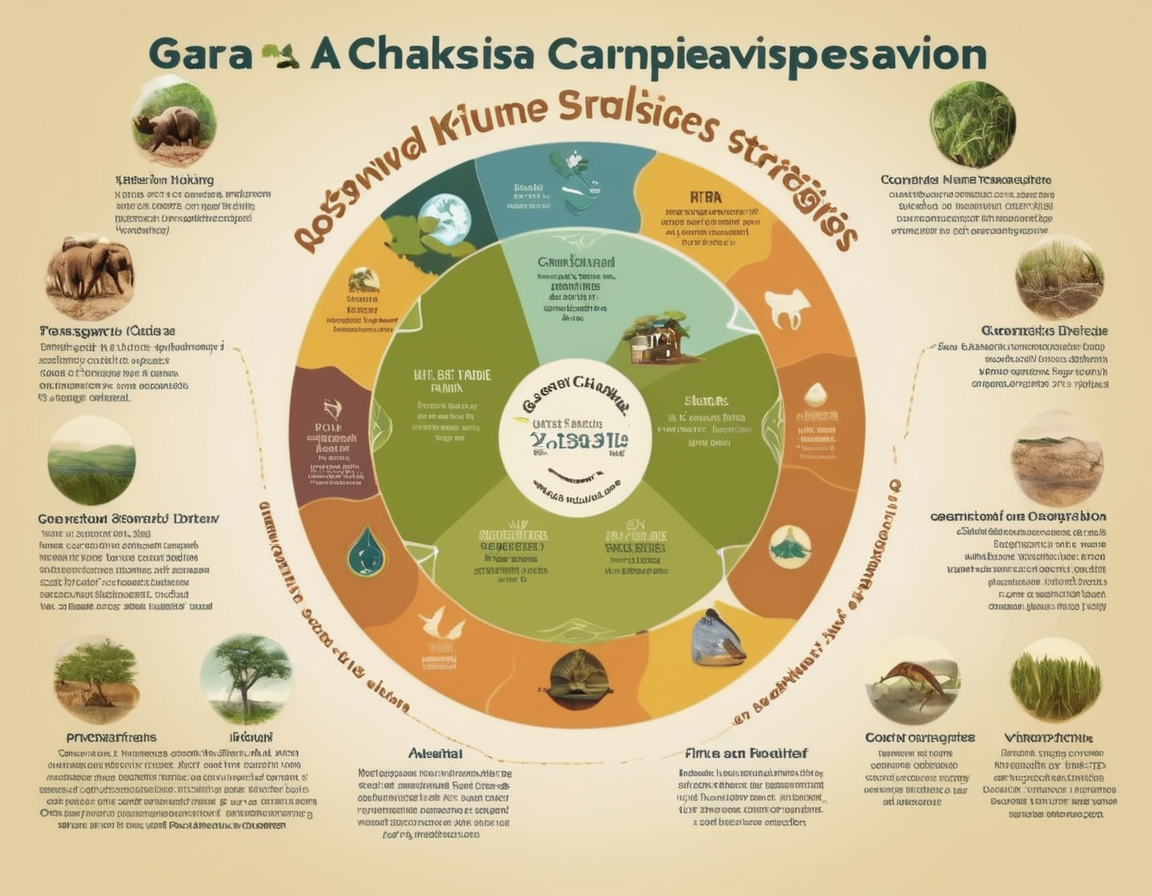Discovering Garra Chakpiensis: The Newly Identified Fish Species of Manipur
Unveiling the Mysteries of Garra Chakpiensis: A New Discovery in Aquatic Biodiversity
Amidst the biodiversity-rich region of Northeast India, a new fish species called Garra Chakpiensis has emerged from the waters of Manipur’s Chakpi River. This remarkable find highlights the untapped natural heritage of the area and poses exciting opportunities and challenges for conservation efforts. In this article, we dive deeper into the habitat, distinct features, and importance of preserving the Garra Chakpiensis.

A Peek into the Habitat
The Chakpi River, a haven for diverse aquatic species, now boasts the presence of Garra Chakpiensis. Nestled in the remote corners of Manipur, the river provides a unique ecosystem with a mix of rocky substrates and lush vegetation — an ideal environment for the new species.
Understanding Garra Chakpiensis
Garra Chakpiensis is characterized by its distinct morphological features which include a special adhesive organ on its head, allowing it to cling onto surfaces in fast-flowing streams. Its discovery is not just a novelty but also an addition to the rich tapestry of global biodiversity.

Conservation Implications
The revelation of Garra Chakpiensis speaks volumes about the hidden treasures of our natural world and the need to preserve it. With habitat destruction and climate change on the rise, the discovery of Garra Chakpiensis is a poignant reminder of the fragility of aquatic ecosystems and the urgency for conservation initiatives.
Join the Effort
Conservation is a collective effort. We invite nature enthusiasts and the scientific community to participate in safeguarding the habitat of Garra Chakpiensis. Understanding the species’ role in the ecosystem and promoting sustainable practices can ensure that this new discovery is only the beginning of manifold conservation successes.

Stay tuned for more updates on Garra Chakpiensis and other environmental discoveries. Remember, every species matters, and each discovery brings us closer to understanding and appreciating the complexity of life on Earth.






